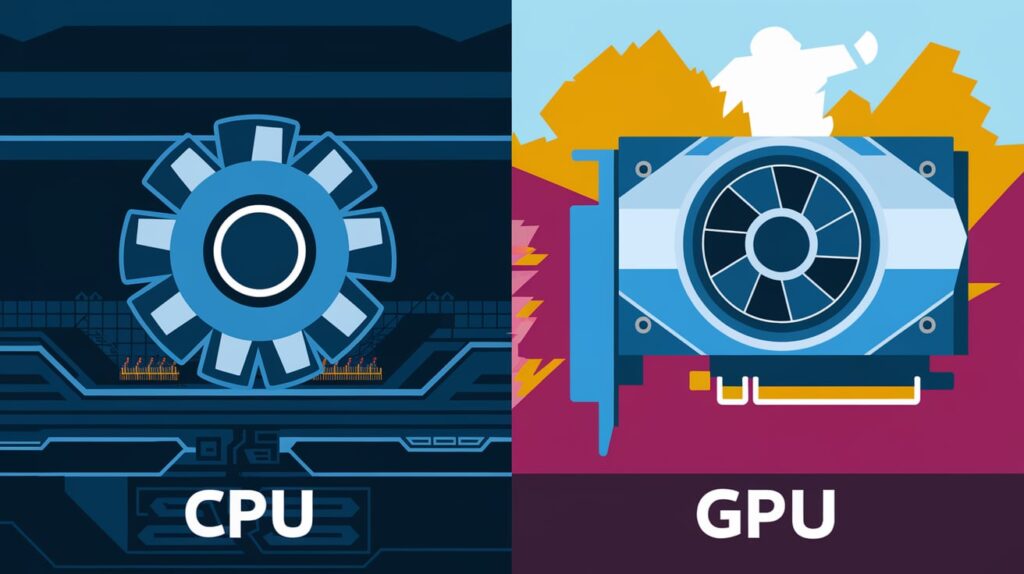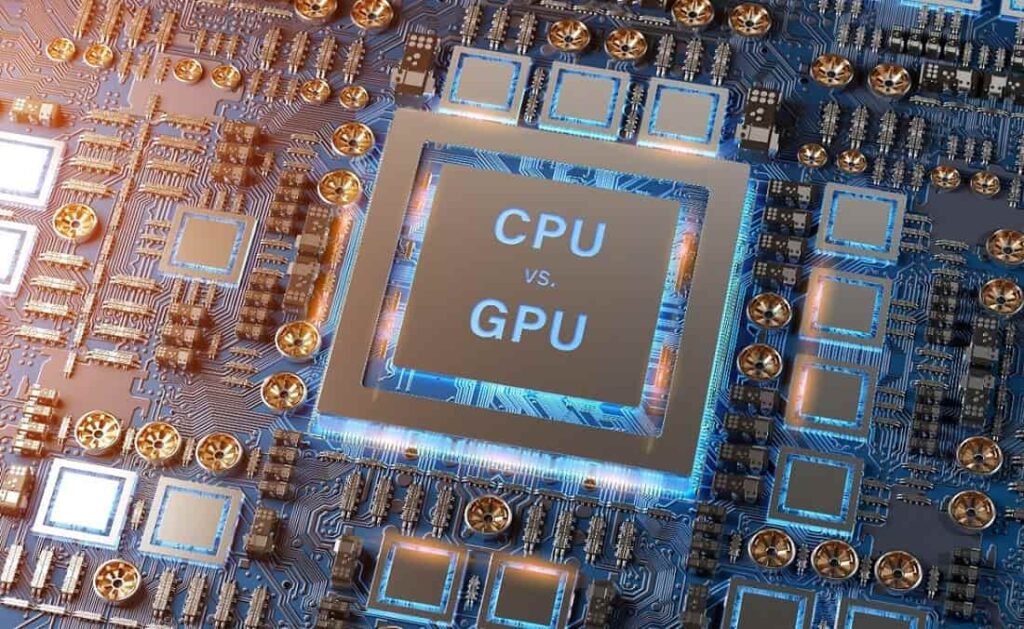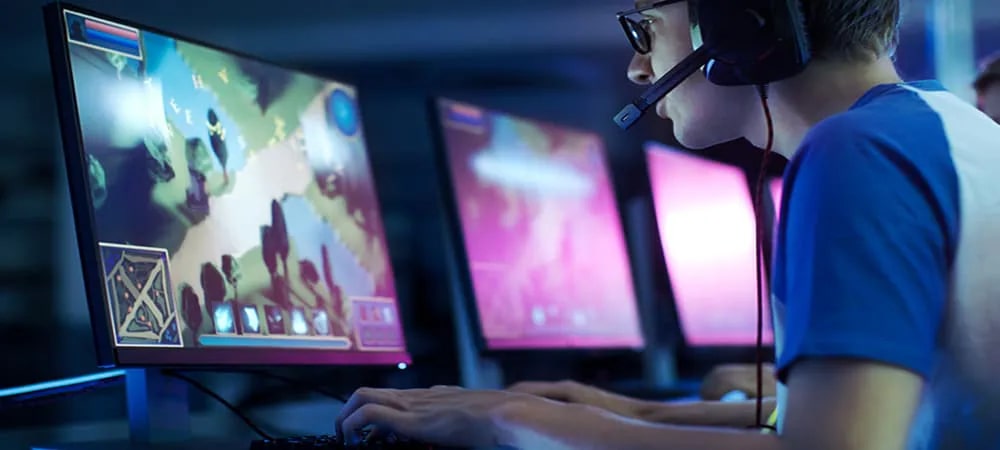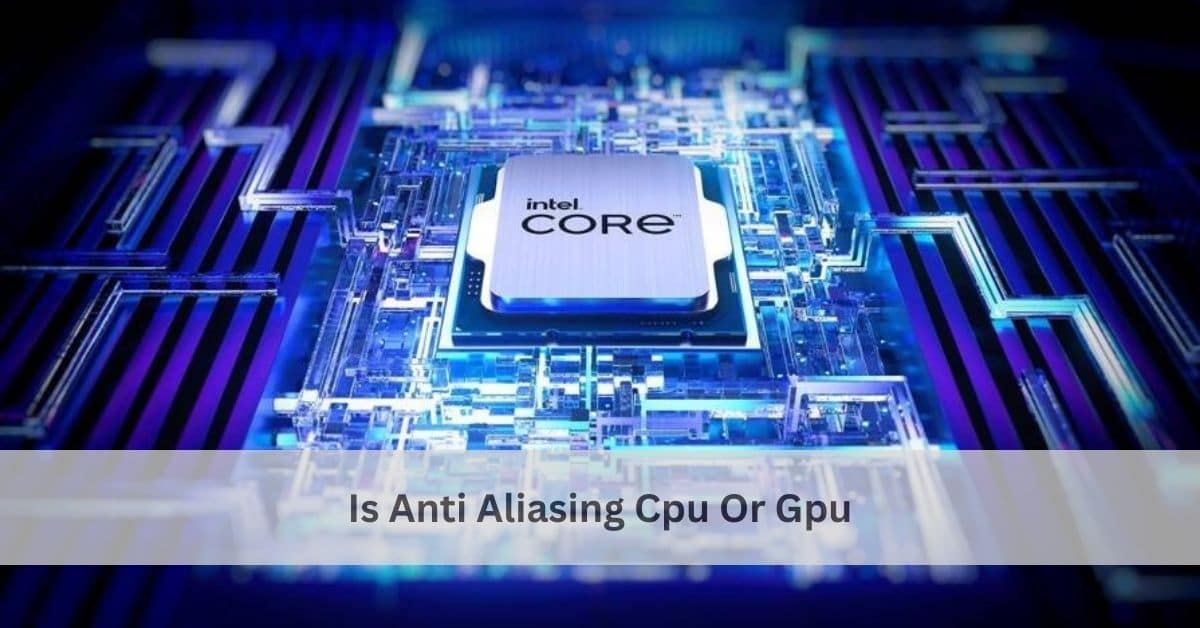I wanted to know if Is Anti Aliasing Cpu Or Gpu uses the CPU or GPU more. After trying it in games, I saw that the GPU does most of the work, especially at high settings. Changing Is Anti Aliasing Cpu Or Gpu didn’t affect my CPU much, but it did make my GPU work harder.
Is Anti Aliasing Cpu Or Gpu mostly uses the GPU to smooth edges in games and improve visuals. The CPU plays a smaller role, mainly in processing game data. High Is Anti Aliasing Cpu Or Gpu settings can put extra load on the GPU.
Stay tuned with us as we dive into the topic: ‘Is Anti Aliasing Cpu Or Gpu?‘ Get ready to learn how it works and which one handles the load!
Do shadows use GPU or CPU?

Shadows in games are mostly handled by the GPU. The GPU creates and displays shadows by figuring out how light falls on objects. Higher shadow settings can make the GPU work harder, so a good GPU is important for smooth gameplay.
The CPU helps by sending data to the GPU but doesn’t directly create shadows. If the CPU is slow, it can delay the GPU’s work. To get the best performance, both the CPU and GPU need to work well together.
Is texture quality CPU or GPU?
Texture quality depends mostly on the GPU because it shows and stores the textures in games. A powerful GPU with enough VRAM is needed for high texture settings to look smooth and detailed. If the GPU isn’t strong enough, the game may lag or look blurry.
The CPU helps by sending data to the GPU but doesn’t do much with textures. If the CPU is too slow, it can cause delays, even if the GPU is good. A balance between the CPU and GPU is important for the best performance.
Read More: Is 90 Degrees Celsius Hot for a CPU? Fix Overheating Issues!
Is MSAA GPU or CPU intensive?
- MSAA (Multisample Is Anti Aliasing Cpu Or Gpu) is mostly GPU-intensive because it processes multiple samples of each pixel to smooth edges in graphics.
- The GPU does the heavy lifting for rendering and applying MSAA, especially at higher resolutions.
- MSAA can significantly increase GPU load, reducing frame rates if the GPU isn’t powerful enough.
- The CPU has a smaller role in MSAA, mainly managing game data and sending it to the GPU.
- Using MSAA on a weaker GPU may cause performance drops, so it’s best to adjust settings based on your hardware.
How do I know if I am CPU or GPU bound?
1. Check Frame Rates During Gameplay:
If your frame rates drop significantly during demanding scenes, and your GPU usage is high, you’re likely GPU-bound. If your CPU usage is maxed out while frame rates drop, you’re CPU-bound.
2. Monitor GPU and CPU Usage:
Use tools like Task Manager or MSI Afterburner to monitor CPU and GPU usage. If the GPU is running near 100% while the CPU isn’t, you’re GPU-bound. If the CPU is at 100% and the GPU isn’t, you’re CPU-bound.
3. Analyze Performance in Demanding Games:
In graphically demanding games, a high GPU usage with low CPU usage suggests a GPU-bound scenario. In less demanding games, high CPU usage could indicate you’re CPU-bound.
4. Check for Bottlenecking:
A CPU bottleneck occurs when your CPU limits the performance, often seen with lower frame rates and a powerful GPU. A GPU bottleneck happens when the GPU is the limiting factor, leading to slower performance despite having a good CPU.
5. Adjust Settings and Observe Impact:
Lowering graphic settings (resolution, texture quality, etc.) reduces GPU load. If this increases performance, you’re likely GPU-bound. If reducing settings doesn’t change much, the CPU might be the limiting factor.
Is post processing CPU or GPU

Post-processing is mainly handled by the GPU. It adds effects like blur, lighting, and color adjustments after the game or scene is rendered. These effects take a lot of GPU power, especially when using high settings or at higher resolutions.
The CPU has a smaller role in post-processing, mainly preparing data for the GPU. However, if the CPU is too slow, it can slow down the process. Overall, post-processing is mostly a task for the GPU, but the CPU still plays a supporting role.
Are shadows CPU or GPU
1. Shadows Are Mostly GPU-Intensive:
The GPU handles most of the work when it comes to rendering shadows in games. The more detailed and realistic the shadows, the more GPU power is needed to calculate and display them.
Read More: Is 100c Too Hot For Cpu – Here’s What You Need To
2. Higher Quality Shadows Require More GPU Power:
- Higher Resolution Shadows: Using higher resolution shadows requires more GPU memory and processing power to ensure they appear sharp and detailed in the game.
- Dynamic Shadows: Real-time dynamic shadows, which change with light sources, require more GPU power to calculate and display accurately during gameplay.
- Soft Shadows: Soft, smooth-edged shadows also demand more GPU resources, as they require advanced algorithms to create the effect without losing performance.
3. CPU Plays a Smaller Role:
The CPU is responsible for game logic and managing how shadows are applied, but it doesn’t directly render them. If the CPU is too slow, it can affect the overall performance, but shadows themselves are handled by the GPU.
Is anti aliasing cpu or gpu reddit:

On Reddit, many users say that Is Anti Aliasing Cpu Or Gpu mainly uses the GPU. The GPU smooths out the jagged edges in games, and higher Is Anti Aliasing Cpu Or Gpu settings make the GPU work harder. If your GPU isn’t strong enough, you might see a drop in frame rates.
Some users also mention the CPU, but it plays a smaller role. The CPU helps send data to the GPU, but it doesn’t do much with Is Anti Aliasing Cpu Or Gpu itself. If the CPU is too slow, it might cause some lag, but the GPU is the key player for Is Anti Aliasing Cpu Or Gpu.
Does anti aliasing affect GPU
Yes, Is Anti Aliasing Cpu Or Gpu affects the GPU because it helps smooth out rough edges in graphics, which requires extra work from the GPU. The more powerful the GPU, the less you may notice the impact, but for weaker GPUs, Is Anti Aliasing Cpu Or Gpu can slow down the performance, causing lower frame rates.
If your GPU is not very strong, turning on Is Anti Aliasing Cpu Or Gpu can make games run slower or cause lag. You can adjust the Is Anti Aliasing Cpu Or Gpu settings to find a good balance between better visuals and smooth performance, depending on how strong your GPU is.
Read More: How To See What Cpu Cooler I Have – Simple Guide To Find
FAQs:
1. What is Is Anti Aliasing Cpu Or Gpu?
Is Anti Aliasing Cpu Or Gpu is a technique used to smooth out jagged edges in graphics, making them appear more natural and less pixelated. It helps improve the visual quality in games and videos.
2. Does Is Anti Aliasing Cpu Or Gpu Affect Performance?
Yes, Is Anti Aliasing Cpu Or Gpu can impact performance, especially on weaker GPUs. Higher settings may reduce frame rates as the GPU works harder to process the smoother edges.
3. Is Is Anti Aliasing Cpu Or Gpu CPU or GPU Intensive?
Is Anti Aliasing Cpu Or Gpu is mostly GPU-intensive because it requires the GPU to process and render smoother images. The CPU has a smaller role in this process.
4. What Are Different Types of Is Anti Aliasing Cpu Or Gpu?
Common types of Is Anti Aliasing Cpu Or Gpu include MSAA, FXAA, and TXAA. Each type has a different way of smoothing edges, with MSAA being more GPU-intensive than others.
5. Can I Turn Off Is Anti Aliasing Cpu Or Gpu for Better Performance?
Yes, turning off Is Anti Aliasing Cpu Or Gpu can improve performance, especially on older or lower-end GPUs. However, this may reduce visual quality, making the edges appear jagged.
6. How Do I Know If Is Anti Aliasing Cpu Or Gpu Is Affecting My Game?
If you notice a drop in frame rates or lag, Is Anti Aliasing Cpu Or Gpu could be impacting your game. Monitoring your GPU usage can help you identify if it’s struggling with the added workload.
Conclusion:
Is Anti Aliasing Cpu Or Gpu improves visuals by smoothing edges, but it can reduce performance, especially on weaker GPUs. The GPU does most of the work, and adjusting or turning off Is Anti Aliasing Cpu Or Gpu can boost performance. Balancing visual quality and performance is key for smooth gameplay.
